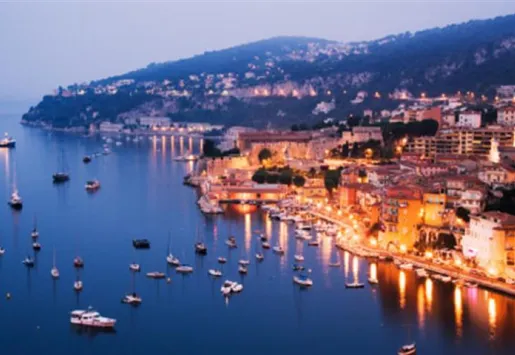
The official data from mid-autumn confirms the trends collected at the end of August: the 2019 vintage was good for summer tourism in France, according to INSEE. This is thanks to the domestic travelers, who traveled in greater numbers than last year in France.
In the third quarter, attendance at tourist accommodations (hotels, holiday homes, campsites, youth hostels) increased moderately by 1.3% (in overnight stays) compared to the same quarter in 2018; it is driven by customers residing in France (+3%), while foreign visitors came in smaller numbers (-2.2%), mainly in the hotels of the region Ile-de-France.
After the market void at the beginning of the year due to the “yellow vest” protests, French tourism professionals are relieved. The balance sheet is positive, following a record of 2018 summer tourism. It is all the more satisfying since the season only started at the end of July. Moreover, the lower-cost back-season is becoming more and more popular and September becomes as important as July.
These figures mask significant disparities. Holidaymakers are no longer necessarily where they are expected to be. While hotel attendance fell by 5.6% in the Ile-de-France region - due to a lack of foreign tourists - it rose by 1.7% in the major provincial cities. The mountain is in top form (+18.6%). Campsites are increasingly popular, due to mobile homes and a rise in the range that appeals to families: activity for four and five star (with giant swimming pools and on-demand activities) increases by 4.2%.
In total, INSEE recorded 204.2 million overnight stays in commercial accommodations in the third quarter, with nearly 85% of them coming from the French travelers. They have favored France this summer, after record departures abroad last summer. The decline in foreigners will not be made up. France, which remains the world’s leading tourist destination, no longer hopes to reach its target of 100 million foreign tourists by 2020, but rather by 2022.












